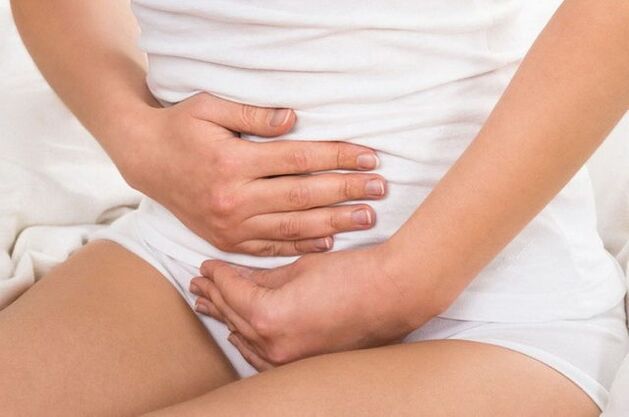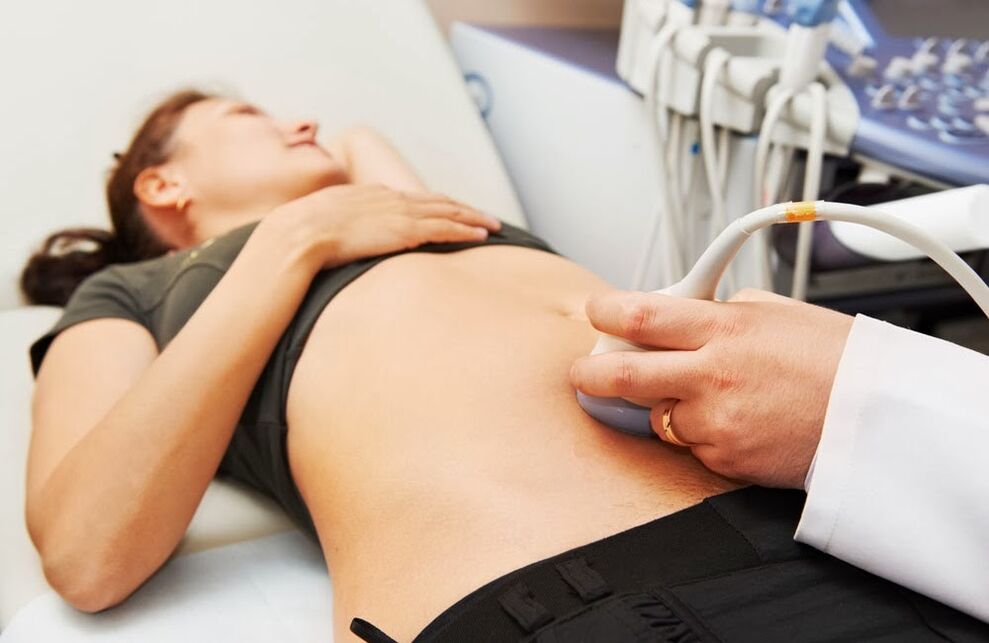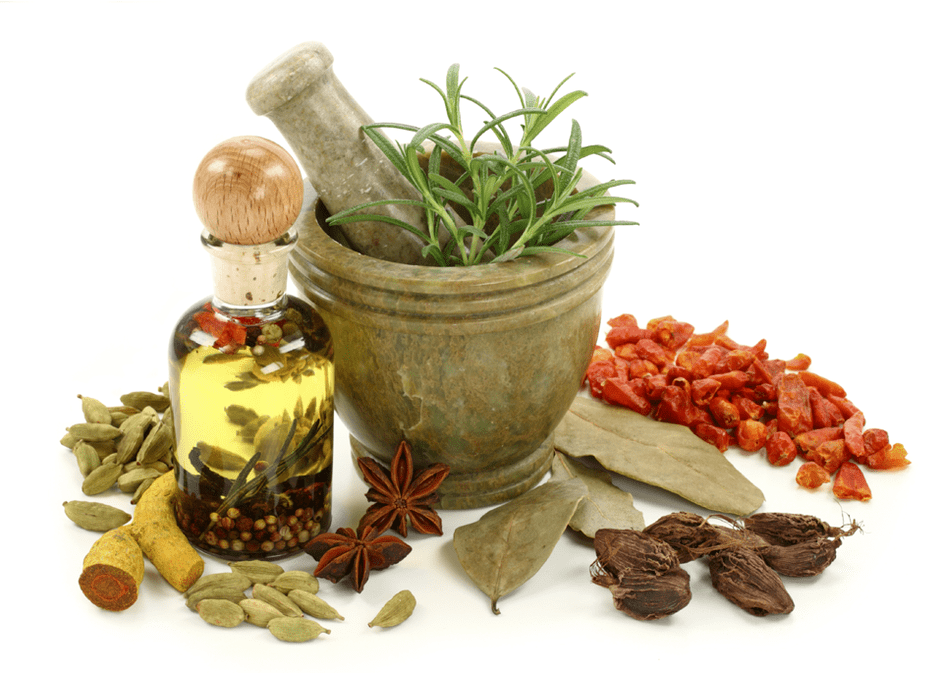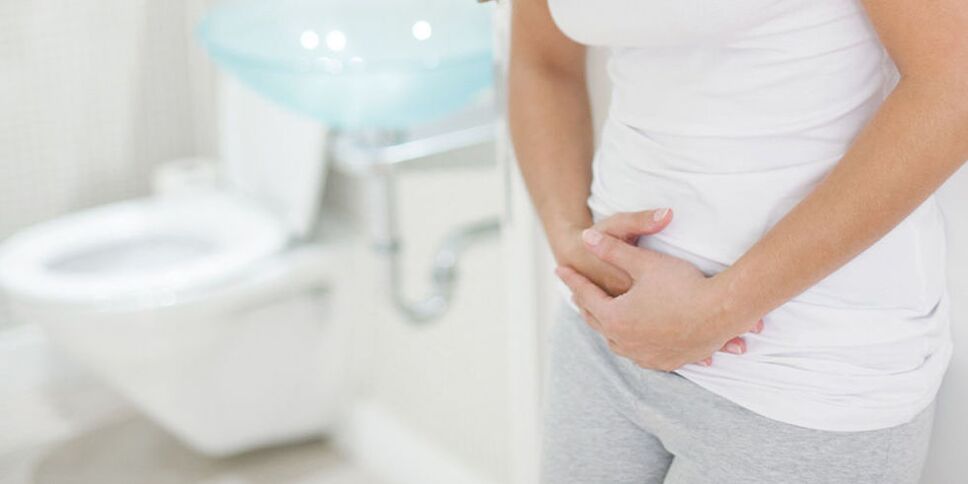Cystitis is called inflammation of the bladder. Most often, this problem understands women because they are shorter and wider than men. This circumstance makes the infection penetration simpler and faster. Overall, during different periods of life, cystitis is ill 20-40 % of the planet's female composition.

Causes of cystitis
Cystitis is a disease that lies in all ages. For the following reasons, primarily:
- Hypothermia of the pelvis;
- injuries of the bladder mucosa;
- sedentary lifestyle;
- acute and fatty foods;
- the presence of chronic gynecological or sexually transmitted diseases;
- presence of the focus of infection in the body;
- unprotected sex;
- Lack of hygiene.
The main cause of this disease is hypothermia. The most dangerous freeze of the legs and the pelvis. Therefore, you cannot sit on cold surfaces, do not wear thin silk bedding during the cold season, and too light shoes.
The risk factor is also a sitting work that causes blood stagnation in the veins of the pelvic areas. For example, you cannot sit continuously in one place for 4-5 hours. If your tasks require this, you should try to get up more often and take a 15 -minute break.
The special category of causes of cystitis is a violation of hygiene rules. You have the risk of getting this disease if:
- Rarely replace tampons or hygiene seals for menstruation;
- Practical transitions from anal sexual intercourse to the vagina;
- often synthetic, tightly appropriate lingerie;
- Constantly use daily seals;
- After emptying, wipe the direction of the anus;
- Do not observe the method of urination.
The bladder should be released at least five times a day, otherwise the infection that enters the bladder will be facilitated due to stagnation or decomposition of the urine.
Types of cystitis

Depending on the nature of the disease, cystitis is acute and chronic. The acute form is in the presence of pronounced symptoms and occurs after a provocative sudden factor.
Chronic cystitis is characterized by lower severity of manifestations and is most often caused by other diseases.
Depending on the cause of the pathology, cystitis is primer and secondary, as well as bacteria and non -bacteria.
Bacterial inflammation of this organ is caused by infections of various origins - streptococci, enterococci, gonococci, etc. However, the infection can be hematogenic, lymphogen, decreasing or rising.
Nebacterial cystitis develops with irritation of walls with medical, chemical or other substances. It distinguishes between thermal, toxic, radiation, allergic, nourishing cystitis.
If the primary disease is characterized by damage to the right part of the bladder with any of these factors, secondary cystitis develops as a result of this or other diseases of the nearby organs. So, for example, urolithiasis, prostate adenoma, urethra, etc.
Symptoms of cystitis
The symptoms of this disease depend on the form. If there is a bright clinical picture in acute cases, with a strong reins, the falls, even several times per hour, then the signs may be completely absent during the remission during the chronic path.
The most typical symptoms of the acute form of the disease are as follows:
- painful and frequent urination;
- Cutting pain above the pubic area;
- accumulation of urine;
- In severe cases, temperature increases.
Some patients also have a mixture of blood in the urine, and there is a constant feeling of incomplete bladder emptying. Some patients are so strong at the end of the urination that they radiate into the rectum.
If such symptoms occur in a person, contact the urologist immediately because male cystitis is almost always secondary. The main reason is the most commonly prostate disease, urolithiasis, diabetes mellitus. Symptoms that are very similar to cystitis occur with non -nichelitis uretritis.
Occasionally, asymptomatic course of cystitis is possible. In such cases, the diagnosis is randomly determined when he or she performs urine analysis for another reason.
Diagnosis
In the presence of a typical clinical picture for acute cystitis, the rapid improvement of the condition under the influence of antibacterial agents speaks. In addition, laboratory tests are taken into account and ultrasound data.
After the disappearance of acute phenomena, a cystoscopy is performed to clarify the diagnosis, which is to study the internal condition of the bladder.
For women, gynecological examination is very important in which simultaneous female diseases that contribute to the development of cystitis can be identified.

Thus, a complete examination of chronic cystitis consists of:
General urine analysis; - urine bacteriological sowing;
- Urine analysis according to Nechiporenko;
- PCR diagnostics;
- cystoscopy;
- Ultrasound of genitourinary organs;
- If necessary - biopsy.
Cystitis should not be confused with inflammation of the urethra and is only manifested with reins, burns and pain during urination. In many cases, these diseases accompany each other.
If the inflammatory process does not react to treatment and the process acquires a protracted character, you should know in detail the cause of the situation. In this case, in order to prescribe proper treatment, cystitis should be distinguished from other diseases such as prostatitis, bladder cancer, tuberculosis.
When making a diagnosis, it should also be taken into account that cystitis is not characterized by a temperature of 37, 5 degrees. If the patient has such a symptom, a urologist needs consultation to exclude kidney disease.
Treatment of cystitis
In order to get rid of this extremely unpleasant disease, you must follow the following recommendations:
- Observe the bed rest;
- Take the prescribed medicines;
- Drink a lot of warm liquids;
- Follow the diet.
In acute cystitis, inhibition, antibacterial drugs, herbs with diuretics are prescribed. Obviously, drugs that alleviate the bladder muscles cramp - Noshpu, Drotaverin, Papaverin. They can be used in the form of both tablets and candles. It helps to eliminate the crib, which has been laid on the lower abdomen.
Cast herbs are widely used in cystitis, lingonberry leaf, kidney tea. Cranberries, Lingonberry and Cranberry Fruits are very useful in this situation. In such cases, phytoprekis is ready. The use of finished medicines has a more expected effect on the treatment of cystitis. However, the use of finished pharmacological agents does not erase the intake of plenty of hot drinks.
Washing of warm baths with herbs or external genitals with warm water helps to alleviate the condition after painful urination.
The diet of acute cystitis should exclude marinade, spices, and salting. Dairy products, fruits, especially watermelons, will be useful.
During the chronic course of the disease, the procedures prescribe to restore urine outflow. This includes, for example, treatment of prostate adenoma and eliminating the urethral narrowing. In the body, the mandatory detection and elimination of the focus of the infection is made. In chronic forms of cystitis, antibacterial treatment is only performed after appropriate laboratory tests - urine sowing, identification of the pathogen and sensitivity to antibiotics.
Folk methods

People have many tools that have a positive effect on urethral diseases, including cystitis. They are most effectively referred to as follows:
- Boil 3 liters of milk. Choose a large mug and pour into a pool. The patient should insert his leg and cover himself with a blanket to the waist. When the milk of the pelvis starts to cool, you need to add another mug. So continue until all the milk has spilled out. When repeating the procedure, the same milk can be cooked again. Repeat the status.
- Take 2 halves of red brick and heat on fire. Place them in an empty metal bucket whose edges are wrapped in fabric. The patient sits on a bucket and packs the lower body into checkered or blanket. Sitting in this position while the heat comes from brick. After the procedure ends go to bed. Repeat several times.
Not all patients can be enabled in the pool. For example, fibroids or fibromioma were contraindicated. In such cases, the use of diuretic herbs, which should be performed for 1, 5-2 months. With phytotherapy, it is important to continue repeated courses to avoid relapses. So, after the acute outbreak of the disease, treatment should be repeated after 2-3 months and 3-5 months after treatment of chronic forms.
Cystitis has a good effect for such a herbal collection: equal proportion of parsley grass, thyme, St. John's Wort, dill and knorbus mixtures. Pour 1 teaspoon mixture with 1 cup of boiling water and stick to it. This infusion should be drinking three times a day for 20 days. 3 Such courses should be taken with a 10 -day break. Relief is done during the first course, and the entire cycle helps to get rid of old cystitis.
Rapid improvement can be achieved by cooking a handful of cornflower dry flowers with 300 g of boiling water and sticking for 30 minutes. Half of the dose is drunk in small sips in the morning, in the second half in the morning.
Acute manifestations of cystitis are quickly filled with a dose of 0, 5-1 l lingonberry. But this does not mean that further treatment needs to be completely stopped.
The effects of folk methods will be more stable by combining it with diet and drug treatment.
Potential complications
With proper therapy, the symptoms disappear within 5-10 days. But often at home or hastily treatment, the signs of the disease only disappear for a while. The real cause of the disease remains in the body and you can feel the smallest hypothermia immediately. In this case, it is said that cystitis has become a chronic form.
The type of chronic disease is particularly dangerous for girls as it can lead to scarring and reduce it in quantity. At the same time, a vicious circle occurs, which is constantly nourishing each other's focus.
In addition, if cystitis is not enough, the bladder infection may penetrate the kidneys, which results in a more severe disease - pyelonephritis. At the same time, pain in the lumbar region, fever and swelling are given to frequent urination.
The development of interstitial cystitis is a serious complication of the disease, which occurs in the absence of proper treatment. In this case, the infection is not only the mucous membrane but also the submucosal layer and the muscle wall of the organ. Its tissues are scarred and deformed, which includes the wrinkle of the bladder and the loss of volume. The only way to save the patient is to complete the organ by completing the new plastic, which consists of tissues of the colon.
Cystitis during pregnancy
This disease, which is already primarily torturing women, often occurs during pregnancy. Every tenth woman learns the existence of this disease precisely during a difficult time to wear a child.

The occurrence of early stages is explained by changes in the hormonal background and the phenomenon of immunosuppression of a pregnant woman, ie inhibition of immunity. This weakened immunity allows the microorganisms to be free to breed and cause inflammation of the bladder mucosa. Therefore, even the slightest hypothermia, a violation of hygiene rules, and even sharp climate change can cause acute cystitis in his full glory in his pregnant mother.
The occurrence of this disease is also facilitated by the ever -increasing uterus, which squeezes the bladder and leads to a violation of urine outflow, which causes the active spread of pathogenic microbes.
The difficulty of treating cystitis during pregnancy is that the medicines that are established can negatively affect the body of the birth child. However, treatment should be performed immediately as the infection can spread in the kidneys. Therefore, you should take medicines that act specifically in the bladder.
Cystitis prevention
To prevent the disease, it is sufficient to follow some simple recommendations:
- Observe intimate hygiene;
- Avoid hypothermia;
- Do not sit on cold surfaces;
- Do not eat spicy and salty foods;
- Cure sex infections in time;
- Denying underwear from synthetic materials.
You need to rise and knead it every 20-30 minutes, and of course you should not be lazy to empty the bladder in time.
Good prevention of cystitis is to drink a glass of cranberry daily or to take cranberries in another form. This natural cure has a diuretic and disinfectant, and, as it was, interferes with the infection of the bladder walls.




























